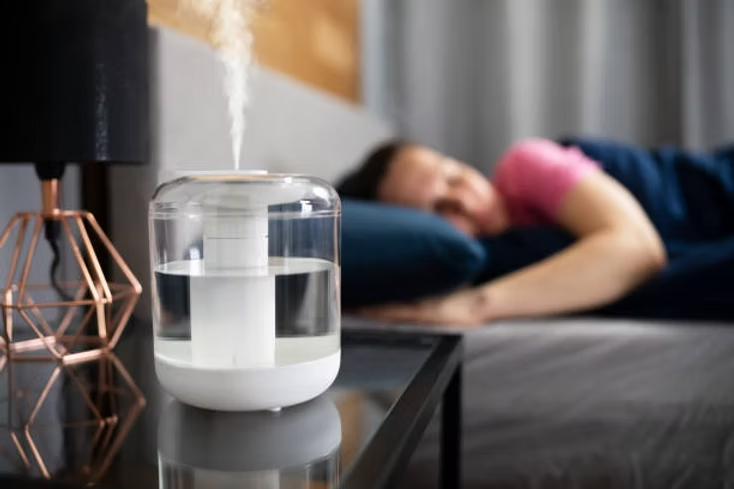The Health Effects of Black Mold Exposure: What You Need to Know
- admin323029
- Blog

Mold is a common household issue that many people underestimate. Found in damp and humid areas, mold can grow on walls, ceilings, carpets, and even furniture. While it might seem like a minor nuisance, mold exposure can lead to significant health problems. This blog explores the potential health effects of mold exposure, how to identify the signs, and steps to protect yourself and your loved ones.
What Is Black Mold and How Does It Affect Your Health?
Mold is a type of fungus that thrives in moist environments. When mold grows indoors, it releases spores into the air, which can be inhaled and lead to various health problems. The severity of these health effects depends on factors such as the amount of mold, the type of mold, and an individual’s sensitivity.
Common Symptoms of Mold Exposure
Black Mold exposure can trigger a variety of symptoms, especially in individuals with allergies, asthma, or weakened immune systems. Common Health Effects of Black Mold Exposure Include:
- Respiratory Issues: Sneezing, coughing, wheezing, and shortness of breath are common, especially for those with asthma or chronic lung conditions.
- Allergic Reactions: Symptoms include itchy or watery eyes, skin irritation, nasal congestion, and a runny nose.
- Sinus Infections: Prolonged exposure can lead to frequent sinus infections or worsening symptoms of existing ones.
- Headaches and Fatigue: Mold exposure may cause persistent headaches or fatigue, often mistaken for other conditions.
Severe Health Risks of Mold Exposure
For some individuals, mold exposure can lead to more severe health problems:
- Fungal Infections: People with weakened immune systems may develop infections such as aspergillosis, caused by certain types of mold.
- Toxic Mold Syndrome: Exposure to toxic molds, like Stachybotrys chartarum (black mold), may result in more severe neurological symptoms, including confusion, dizziness, or memory loss.
- Chronic Respiratory Conditions: Long-term exposure can exacerbate asthma, COPD, or other chronic respiratory conditions.
Who Is Most at Risk from Mold Exposure?
While anyone can be affected by mold, certain groups are more vulnerable, including:
- Individuals with asthma or allergies.
- Infants and young children.
- The elderly.
- People with compromised immune systems.
How to Identify Mold in Your Home
Common signs of mold include:
- Musty odors.
- Visible discoloration or patches on walls, ceilings, or floors.
- Increased condensation or water stains.
- Persistent dampness in certain areas of your home.
Preventing and Addressing Mold Exposure
To minimize health risks, it’s essential to address mold issues promptly:
- Control Moisture Levels: Use dehumidifiers to keep humidity below 50%.
- Fix Water Leaks: Repair any leaks in your plumbing, roof, or windows.
- Ventilate Properly: Ensure bathrooms, kitchens, and laundry areas are well-ventilated.
- Clean Affected Areas: Small mold spots can be cleaned using household cleaning solutions, but extensive mold growth may require professional remediation.
- Test Indoor Air Quality: Regular air quality testing can help detect hidden mold spores.
When to Call a Professional
If you suspect mold in your home and notice ongoing health issues, it’s best to consult a mold inspection and testing company. Professionals can identify hidden mold, assess the severity, and provide a detailed plan for remediation.
Conclusion
Mold exposure can have a profound impact on your health, from minor allergic reactions to severe respiratory conditions. Recognizing the signs of mold and taking proactive steps to prevent its growth are crucial for maintaining a healthy living environment. If you’re experiencing symptoms of mold exposure or suspect mold in your home, act quickly to protect yourself and your family.
By addressing mold issues and improving your indoor air quality, you can create a safer and healthier home.
Are you worried about the cleanliness of your space?
Let us help you! Cleaning services are our specialty, and we offer a complete range of cleaning and maintenance services. Get a free estimate!




